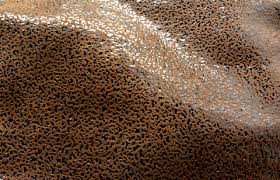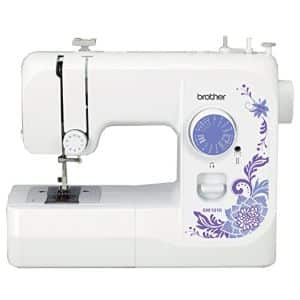How to Identify Fabrics with a Burn Test

Supplies Needed
- The material in question
- A fireproof container; you can make one by simply placing an ashtray on the bottom of a sink
- Water (if you’re doing the test in a sink, you’ll have instant access!)
- A barbecue lighter or long matches; you want to make sure that the source of fire produces a small flame
- A long pair of tongs or tweezers
Conducting the Fabric Burn Test
First, make sure that the area you’re doing the burn test in is well-ventilated. Also, ensure that the area is free of flammable materials, and that children and animals aren’t nearby. When it comes to fire, safety always needs to come first.
To conduct the burn test, use the following steps:
- Cut a tiny section of the material that you want to test; a 1 or 2 inch square, for example.
- Set the material in the fireproof container.
- Light a corner of the material.
- As the fabric burns, pay close attention to the odor and the smoke that it’s producing, as these two things will identify the fibers:
- Cotton produces a smell that’s similar to burnt paper. It also retains small embers once the larger flames have died down.
- Silk and wool produce an odor that’s reminiscent to burnt hair or feathers.
- Synthetic fabrics, like polyester, viscose, and rayon, smell like chemicals or burnt plastic when they’re burned. They also produce a dark plume of smoke.
- Assess the ashes that remain:
- Cotton = soft, fine ashes
- Wool and silk = brittle, black ashes
- Synthetics = dense lumps
A burn test is a pretty simple and accurate way to identify the content of fabric.







